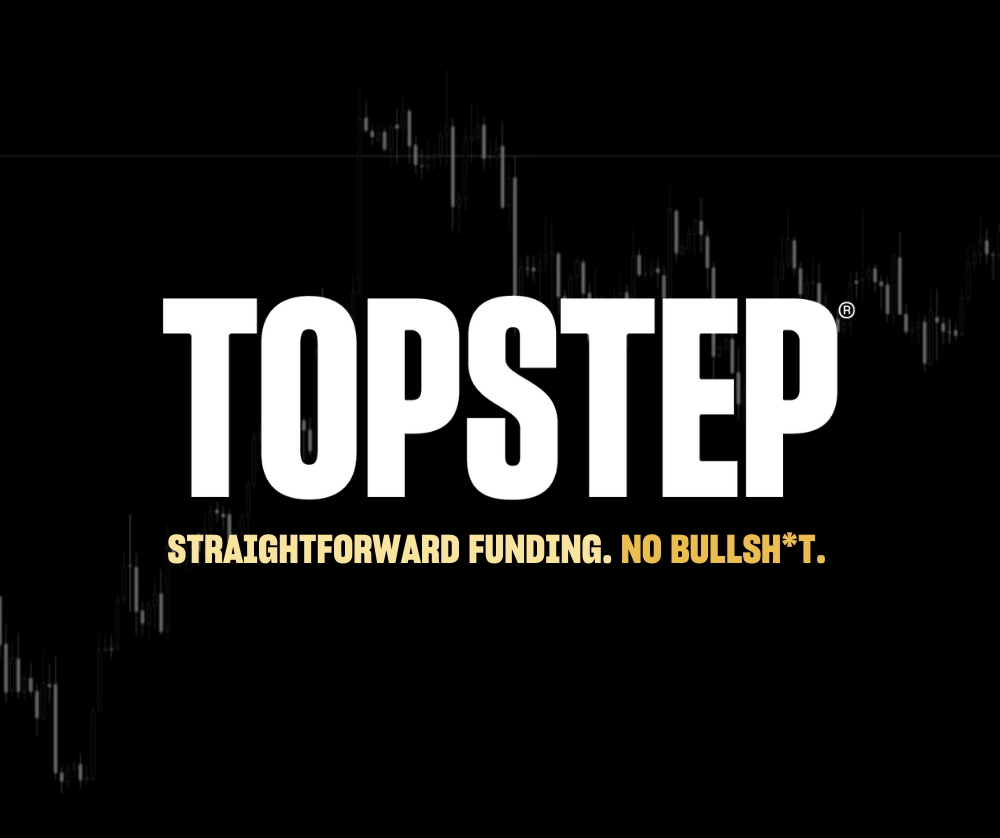Part 2: Trading Futures Without Charts – Stop Order Runs
Let’s start by recapping what we’ve discussed in Part 1: Day Trading Futures Without Charts Using Volume Profile
Each volume profile chart node represents volume traded at each price. That means each contract traded there was a buyer matched with a seller.
The chart display can net futures traders that buy from traders that sell or display total volume.
Not all traders have the same trading strategy or trade holding times. We gave four examples of traders that might be in the market;
- traders closing positions,
- long term traders,
- spread traders,
- day traders
We also discussed how only fourteen hundred contracts traded above the high-volume range where over a quarter of a million total futures contracts traded. In addition, the low volume was an indication of passive selling interest. There were no signs of traders being stopped out.
Learn More About Enhancing Your Trading Edge at Jigsaw Trading.
Clues for Traders to Find Stop Orders
Let’s now consider a different trade setup scenario:
Image – Example of a Stop Order Run and absorption and pullback
In the image above, we see a big move past the area of higher volume. We also see a lot more contracts traded as the futures price traded higher. This is typical of a stop order run. Stop order runs have certain trade setups and clues.
The move itself occurs very quickly in the above example. Stop orders are lifting limit orders before traders have a chance to move out of the way. It is a rapid move up that takes out the offers. The trade setup is fast and typically has low volume as it moves higher and tops.
Trader Psychology Around Stop Order Runs
The fast move through the top has now occurred. We know that below, we have an area of higher volume. Because of the move up, some of the short positions have now been stopped out, and some are still in the market. Traders are going to feel uneasy about those positions. Anyone that has a long position will be feeling good about those positions.
All traders have been in this situation. Recall how you felt:
- When you were long, you felt good. Maybe you already made some profits. You might have even been thinking of adding more contracts for another push-up.
- When you were short, you weren’t happy. You didn’t get out of your position when prices moved against you. You are now hoping that the market will move down not so that you can make money just so that you can reduce your losses.
- When you were short but got out of the trade, your feelings range somewhere between “I’m glad I got out” to “I’m a dumbass,” depending on how well you followed your plan getting into and out of the trade in the first place.
How Traders with Positions Offside React in Stop Order Runs
For traders that took the short trade, there is one thing we can all agree; they are not thinking, “If it moves back down, I’m going to short this market again.” Many traders still holding shorts would love the opportunity to buy to cover and EXIT when prices move back down. Maybe they break even or make a small loss.
Traders offside with mark-to-market losing shorts typically don’t add to a short position when the market goes back down. It simply makes very little sense to do so.
This is mostly to do with the process of speculation and a little to do with the psychological effects of taking a recent loss.
When a stop order run occurs, price falls back, and traders find that there is very little interest from sellers. We often fall back to the very futures price tick, just above the area of high volume before we continue up. The area of high volume followed by the sellers getting stopped out creates a “future imbalance” in behavior as we move back to the price area. It’s an area with a high probability trade setup that sellers won’t trade and where buyers would be more than happy to trade.
Questions Traders Ask Their Inner-Self About Stop Order Runs
This isn’t something futures traders should take my word for. It is something traders can observe on most days. All it requires on your behalf is a shift in thinking:
- Where did the futures price move?
- Where are other traders’ positions?
- Where did people lose money?
- How will that impact short term decision making?
Next Up Day Trading Futures Without Charts – Buy and Sell Imbalances
Stay tuned for Part 3, where we will discuss the properties of buy and sell imbalances in futures markets.




